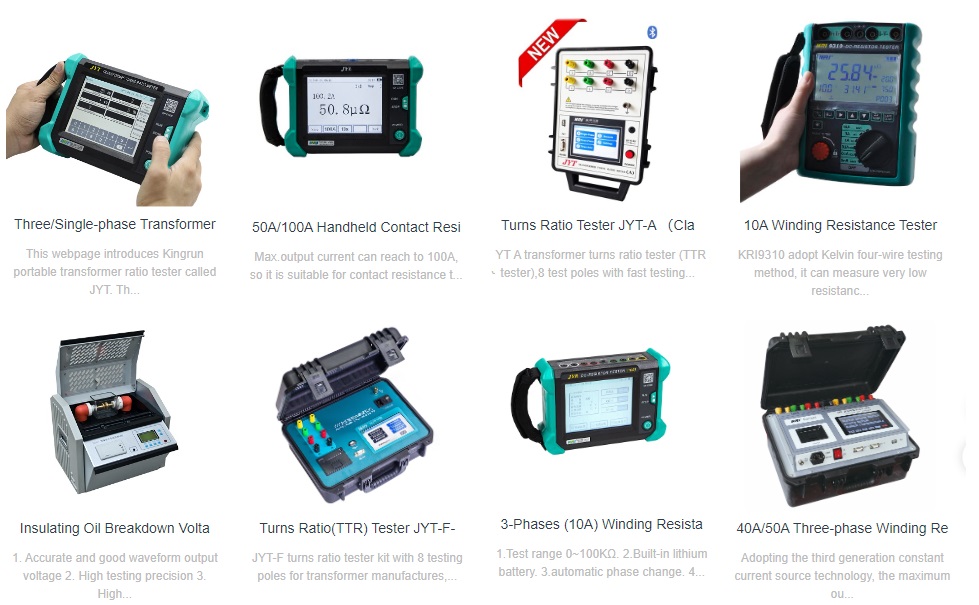In AC circuits, we measure impedance, not resistance.
The impedance formula is:
From the above explanation, you can understand why we use a DC resistance tester to measure winding resistance. The simple concept is that in an AC circuit, we cannot measure resistance (R), we can only measure impedance (Z = R + X_L).
When we apply an AC power supply to a coil or winding, the AC current flows through it. In this case, the winding resists the flow of current in two ways: first, the actual resistance of the winding conductor opposes the current flow, and secondly, the winding’s reactance (X_L) also opposes the current flow.
Therefore, when an AC power supply is applied to the coil, the current is opposed by both the actual resistance and the reactance.
However, when we apply a DC power supply to the coil, the current is only opposed by the internal resistance, with no reactance involved. Since the frequency of DC is zero, the reactance is also zero.
So, the conclusion is that if we attempt to use an AC power supply to measure winding resistance, we will not be able to obtain the actual resistance value due to reactance (caused by the inductance of the coil or winding).
Additionally, if we use an AC power supply to measure winding resistance, we will encounter skin effect and proximity effect, because these phenomena depend on the frequency. In the case of DC power, since there is no frequency, skin effect and proximity effect do not occur.
Kingrun Transformer Instrument Co.,Ltd.


More Transformer Testers from Kingrun
